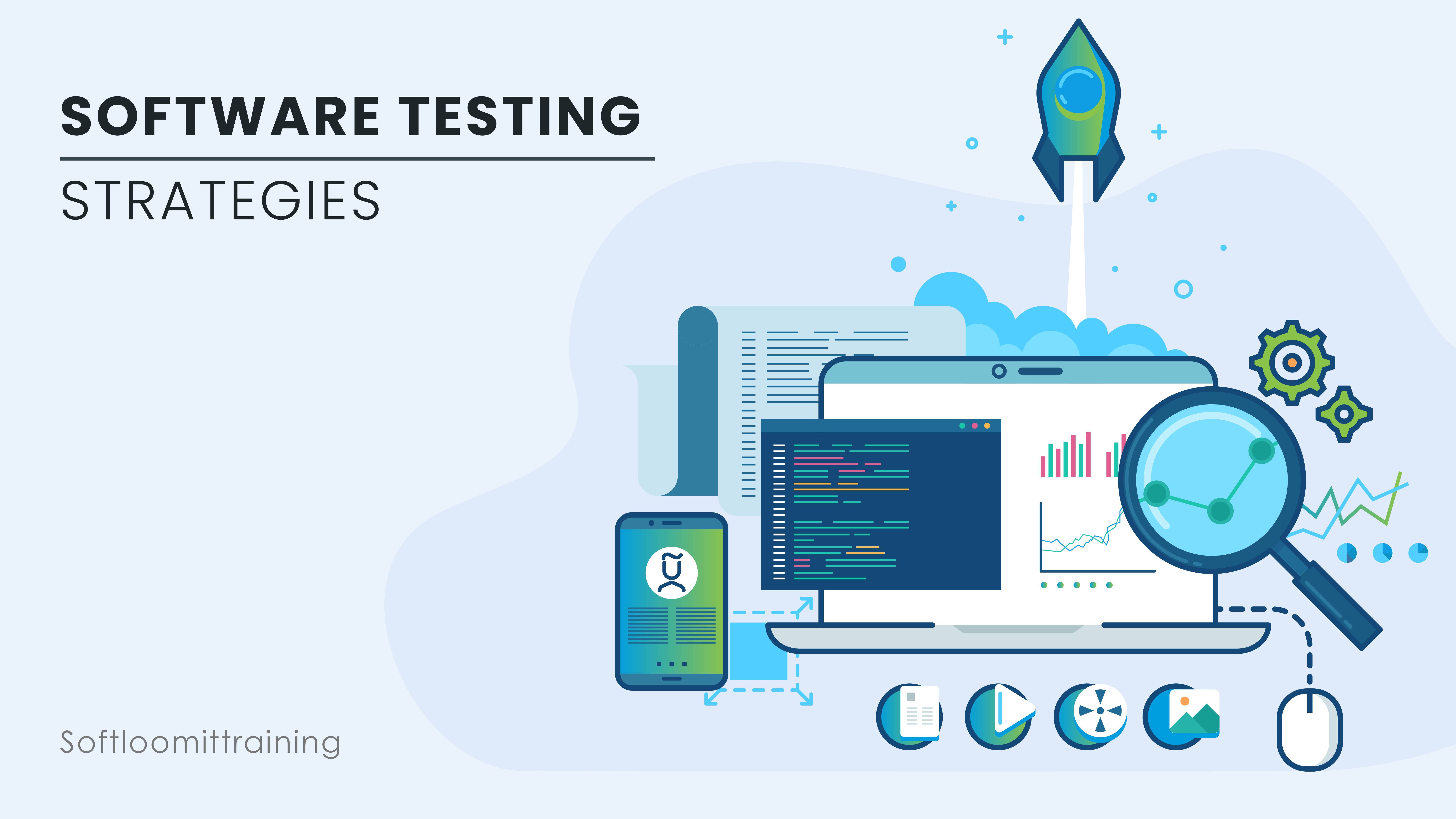Software testing is an important part of the software development life cycle, ensuring that the final product meets quality standards, performs as intended, and meets the needs of the user. In software engineering, developing effective testing techniques to deliver robust, reliable, and high-performance software solutions. This guide delves into the complexities of software testing methodologies, exploring their importance, types, principles, and key considerations.
Test Strategy vs Test Plan
Before diving into specific software testing techniques, it is important to clarify the difference between a test strategy and a test plan. While a test strategy outlines the overall approach to testing, including objectives, scope, materials and timeline, a test plan provides a detailed roadmap for executing the testing strategy. Think of the test strategy as the ‘what’ and ‘why,’ while the test plan elaborates on the ‘how,’ ‘when,’ and ‘who’ of testing.
About Software Testing Strategy
A software testing strategy serves as a blueprint for conducting testing activities throughout the software development lifecycle. It describes the overall testing process, taking into account factors such as project requirements, assembled technology, risk assessment, and stakeholder expectations. A well-defined testing process aligns testing efforts with project objectives, maximizes resource utilization, and increases the chances of delivering a high-quality product within a specified timeframe
Types of Software Testing Strategy
Software testing strategies encompass various approaches tailored to address specific aspects of software quality. Here are some prominent types of software testing strategies:
- Static Testing Strategy: Focuses on evaluating software artifacts (e.g., requirements, design documents, code) without executing the code. Techniques such as reviews, walkthroughs, and inspections are employed to identify defects early in the development process.
- Structural Testing Strategy: Also known as white-box testing, this strategy involves assessing the internal structure of the software, examining code paths, branches, and logical conditions to validate the correctness of the implementation.
- Behavioral Testing Strategy: Emphasizes testing software based on its expected behavior and functionality. These techniques emphasize validating software against user requirements and business logic, such as black-box testing and functional testing.
- Front-End Testing Strategy: Concentrates on testing the user interface and user experience aspects of the software. Techniques like UI testing, usability testing, and cross-browser testing are employed to ensure that the application interface is intuitive, responsive, and visually appealing.
Software Testing Strategy Principles
Effective software testing strategies are guided by several fundamental principles:
- Early Testing: Start testing as early as possible in the software development lifecycle to detect defects at the earliest stage and minimize rework.
- Comprehensive Coverage: Aim for thorough test coverage, encompassing all functional and non-functional aspects of the software.
- Risk-based Approach: Prioritize testing efforts based on the perceived risk associated with specific features, functionalities, or components.
- Automation: Utilize test automation to expedite testing processes, improve repeatability, and enhance overall efficiency.
- Continuous Improvement: Continuously refine and adapt testing strategies based on feedback, lessons learned, and evolving project requirements.
In conclusion, mastering software testing strategies is crucial for quality software projects. Understanding testing nuances, aligning with objectives, and adhering to fundamental principles enhances capabilities. Enroll in a software testing course in Kochi to excel in this field. They can align testing efforts with project objectives and adhere to fundamental testing principles. This enables them to deliver exceptional software solutions that meet user expectations and industry standards.





